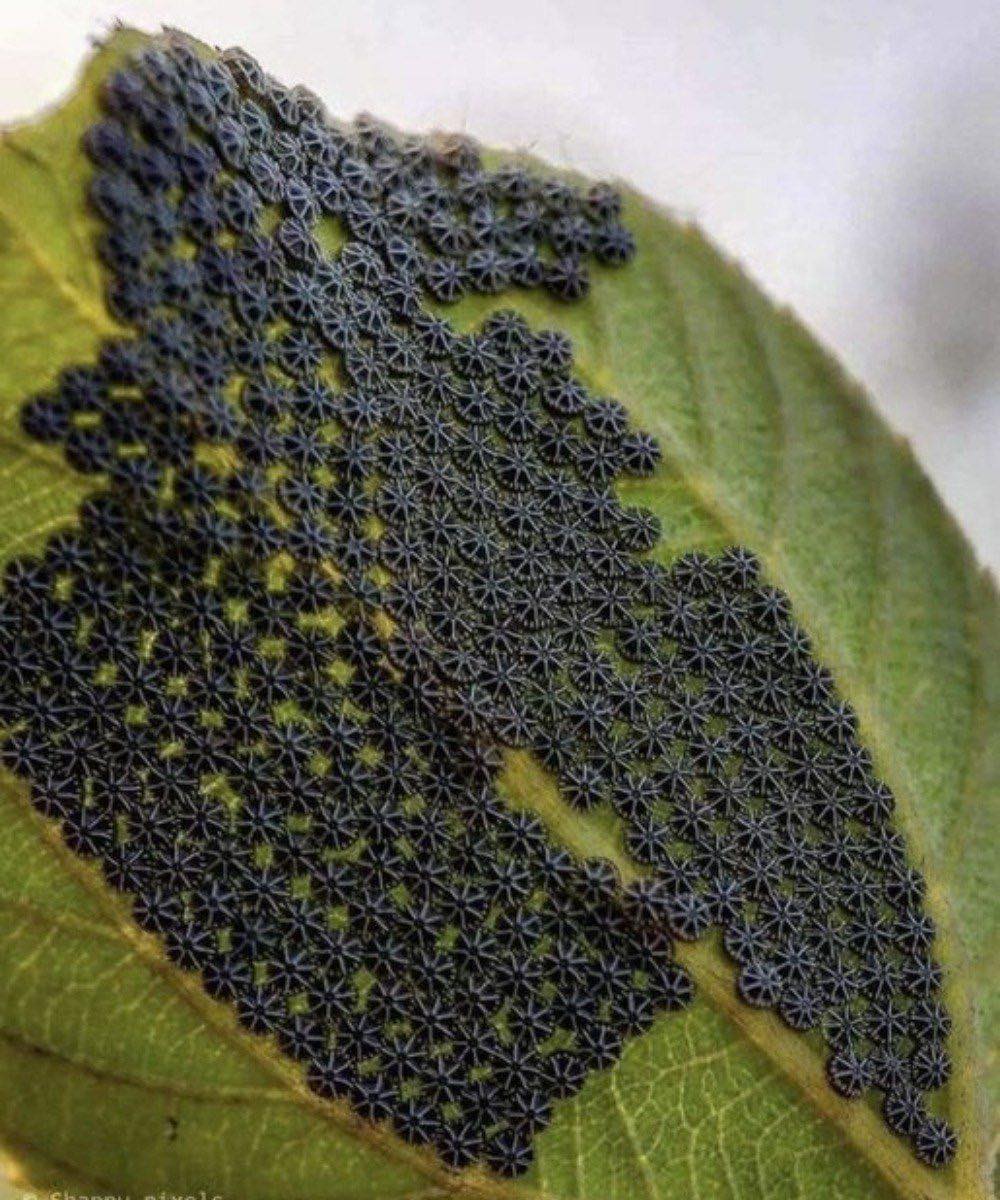—
### 3. **Foamy White Blobs (“Spittle”)**
These are created by **spittlebugs**, and while they look gross, they’re mostly harmless to plants. The foam protects the tiny bug inside from predators and dehydration.
👉 No need to touch it. Just spray it off with a gentle stream of water if it bothers you.
—
### 4. **Fuzzy White Growth (Woolly Aphids or Mealybugs)**
At first glance, these fuzzy patches might look like mold or fungus, but they could actually be colonies of woolly aphids or mealybugs. Touching them can spread the infestation or attract ants that feed on the sticky “honeydew” they leave behind.
👉 Handle with caution. Treat with neem oil or insecticidal soap rather than your bare hands.
—
### 5. **Unknown Mushrooms or Fungi**
Some fungi are harmless decomposers; others can be toxic to humans and pets. Mushrooms growing near plant roots may indicate root rot or overly moist conditions — and touching or breaking them can release spores.
👉 Never touch unidentified mushrooms. Remove them with gloves or just leave them alone.
—
### Final Word: Look, Don’t Touch
When it comes to odd-looking growths, bugs, or blobs on your plants, your safest bet is to **observe first, act later**. Nature is full of surprises — and not all of them are bad. Many of the things you spot might be signs of a healthy ecosystem doing its job.
So next time something strange catches your eye on a leaf or stem, remember: **don’t touch it until you know what it is** — your plants, your skin, and the helpful bugs will thank you.
—
Would you like this turned into a checklist, infographic, or short social media post version?
ADVERTISEMENT

